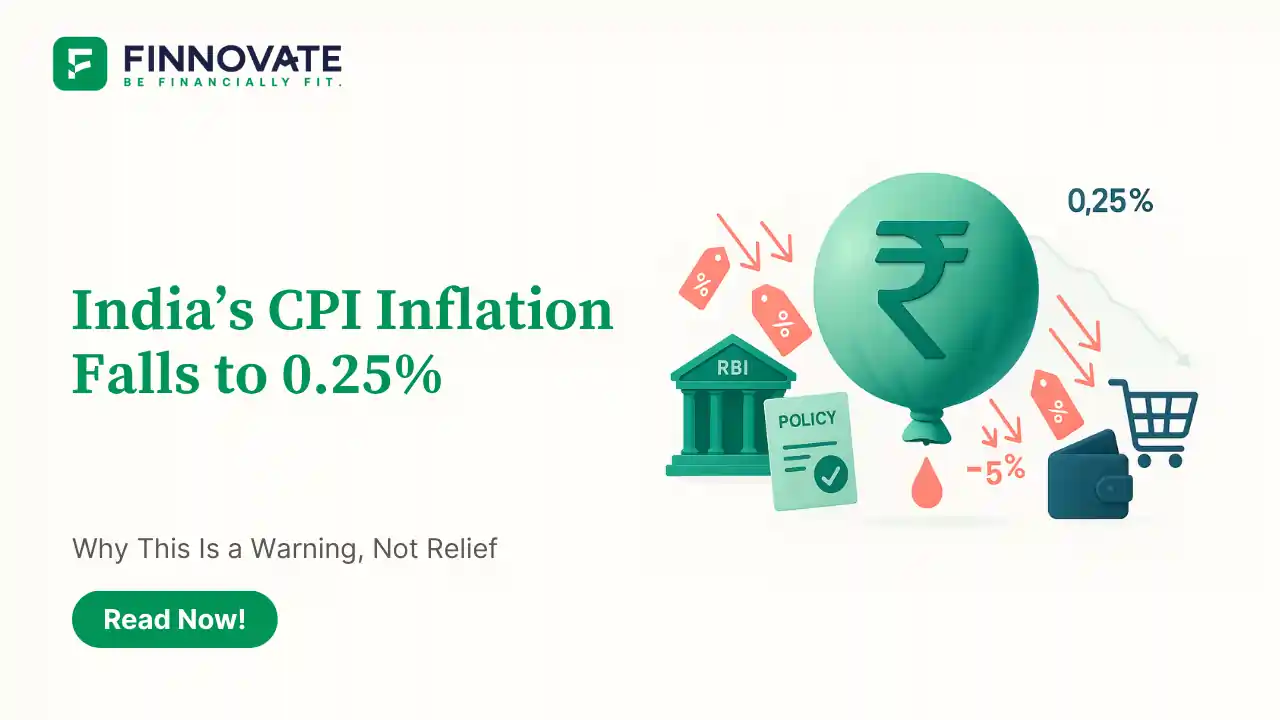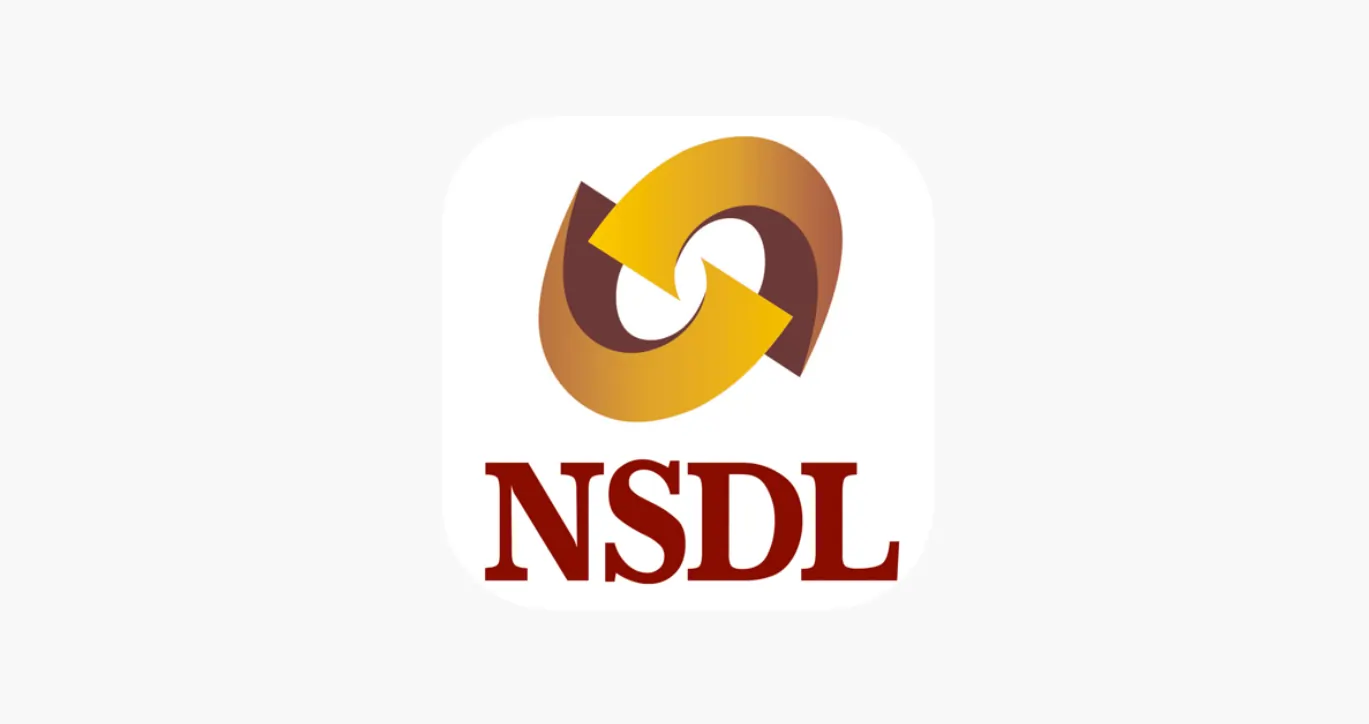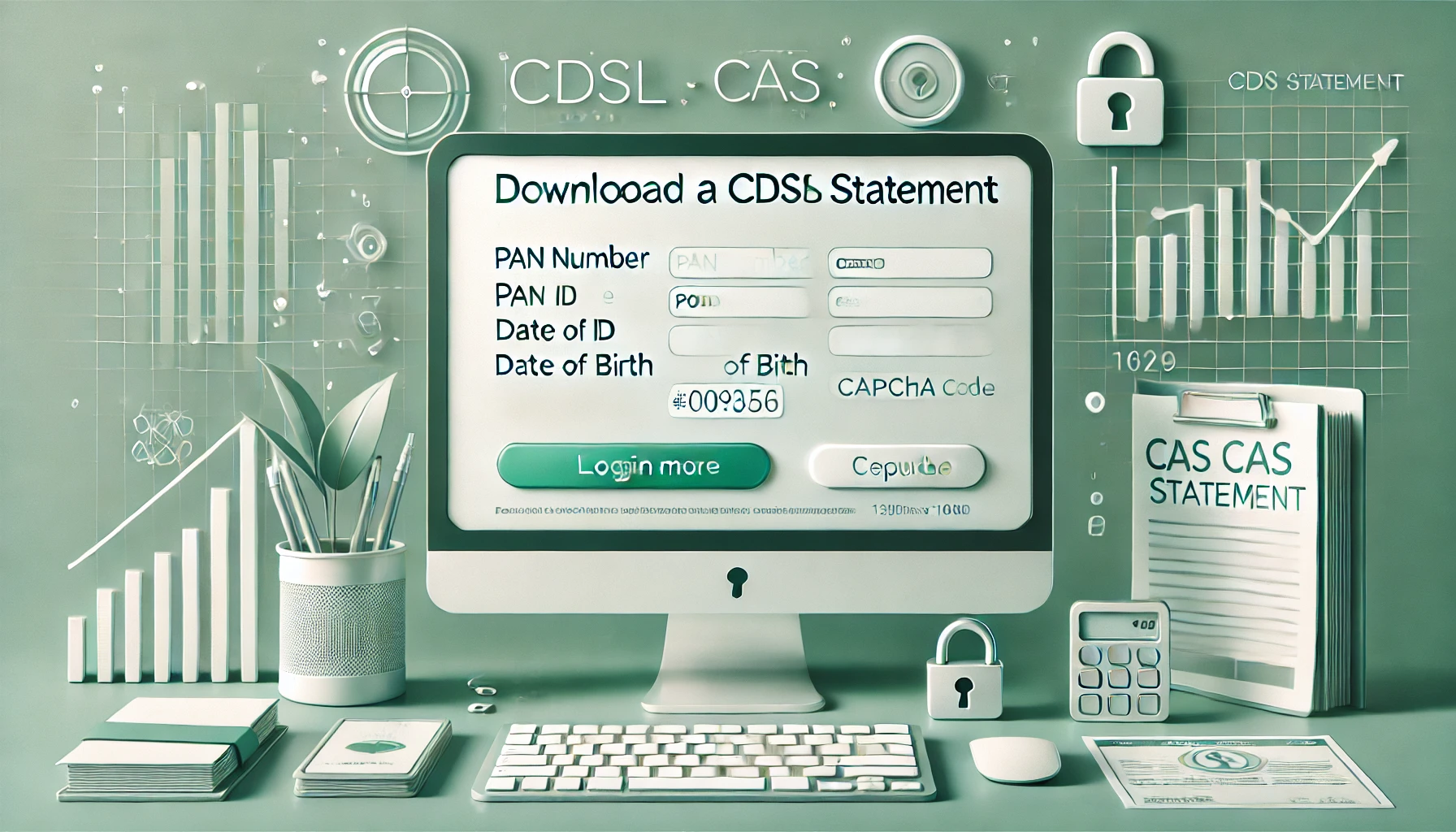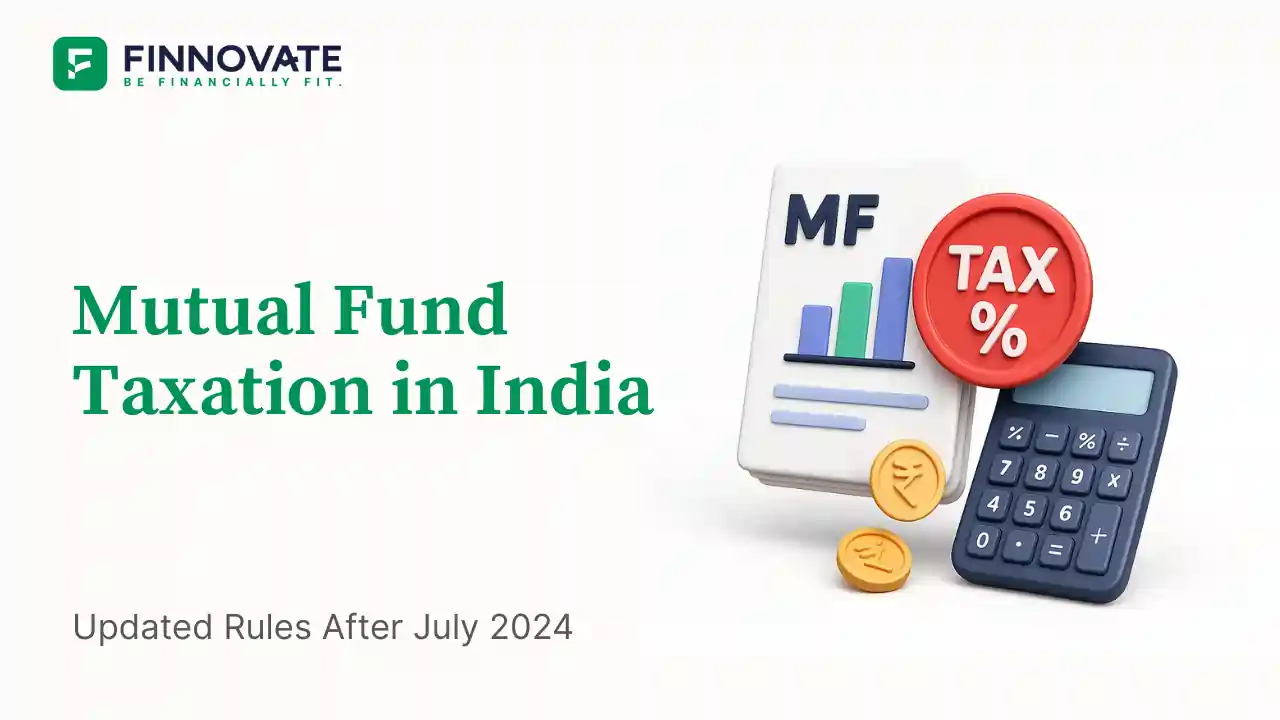India’s CPI Inflation Falls to 0.25% - Why This Is a Warning, Not Relief

By

India’s retail inflation (CPI) for October 2025 dropped to 0.25%, the lowest since the new CPI series began in 2013. At first glance, it seems like a positive milestone - prices are stable, and the RBI’s long battle with inflation appears won. But when inflation falls too low, it often signals a deeper economic concern - weak demand and slowing growth.
Inflation is not always a bad thing. The RBI’s inflation target band is between 2% and 6%, with 4% as the comfort level. It’s a range designed to ensure price stability without choking demand or growth.
At 0.25%, India’s inflation is well below this range. The fall has been steady from 6.21% in October 2024 to nearly zero a year later. But ultra-low inflation doesn’t necessarily mean prosperity. It could also reflect stagnant consumer demand, as people postpone purchases, expecting prices to fall further.
Key takeaway: Moderate inflation keeps the economy active - near-zero inflation can freeze demand.
The sharp fall in CPI inflation comes from a mix of supply-side and policy-driven factors.
A good harvest and tax cuts help short-term price control, but if demand stays weak, it points to a slowdown in consumption-driven growth - India’s biggest economic engine.
Also read: India’s New GST Slabs Explained
Key takeaway: Supply-side comfort alone doesn’t sustain an economy - spending power must remain intact.
A line often quoted in economics says: “Low inflation is good until it starts looking like deflation.” The difference between the two is subtle but significant.
Low inflation can quickly slip into deflation, where prices fall continuously due to weak demand. Once that happens, consumers delay purchases, businesses lose revenue, and tax collections drop - creating a vicious slowdown loop.
This is already visible in India’s current scenario:
“When consumers stop buying, economies stop growing.” That’s the real warning behind this 0.25% CPI number.
Key takeaway: A slowdown in inflation can quickly turn into a slowdown in growth.
The obvious question is - can this be fixed? The RBI has already cut policy rates several times in the last year, but monetary transmission has reached its limits. Lower rates can’t revive demand if consumers are hesitant to spend.
This is where fiscal policy steps in. The government’s decision to cut GST rates recently helped trigger a small recovery in auto and consumer goods sales. Similar targeted fiscal measures could be extended to rural schemes, infrastructure spending, and MSME incentives.
Of course, it may strain fiscal deficit goals. But as the Fiscal Deficit – Is 4.4% Really Achievable in FY26? article explained, sometimes a short-term deviation is necessary to prevent a larger slowdown.
Also read: Fiscal Deficit - Is 4.4% Really Achievable in FY26?
Key takeaway: When monetary tools stop working, fiscal spending must take the lead to revive demand.
India’s challenge now is not inflation control - it’s demand revival. The RBI’s success in taming prices must now be balanced with policies that reignite consumer confidence. That means putting more disposable income in people’s hands through tax reliefs, wage hikes, or rural support programs.
In the short term, the government may need to accept a temporary fiscal slippage. The bigger risk is letting growth stagnate in the name of fiscal prudence.
In short - inflation at 0.25% is not a victory lap; it’s a wake-up call.
Key takeaway: Growth with moderate inflation is healthier than stability with stagnation.
Disclaimer: This article is for educational and informational purposes only. It does not constitute investment, policy, or financial advice.
Finnovate is a SEBI-registered financial planning firm that helps professionals bring structure and purpose to their money. Over 3,500+ families have trusted our disciplined process to plan their goals - safely, surely, and swiftly.
Our team constantly tracks market trends, policy changes, and investment opportunities like the ones featured in this Weekly Capsule - to help you make informed, confident financial decisions.
Learn more about our approach and how we work with you:

Learn how to easily download your NSDL CAS Statement in PDF format with our step-by-step guide. Follow our instructions to log in to NSDL e-Services, download your account statement, and subscribe for
Read Full
Explore what Specialised Investment Funds (SIFs) are, their benefits, taxation, minimum investment, how to invest, how they compare with mutual funds and PMS and latest developments in SIF space
Read Full
Learn How to Download Your CDSL CAS Statement with our step-by-step guide. Easy instructions for accessing your investment details online.
Read Full
Analyzing the potential economic impact of the 2025 India-Pakistan conflict on India's GDP growth, manufacturing sector, and foreign investment.
Read Full
Determine if your Demat Depositary (DP) is NSDL or CDSL easily. Follow our guide to check using broking platforms or Demat account number formats
Read Full
Looking for the best financial freedom books? Here’s a handpicked 2025 reading list with summaries, why to read, and who it's best for.
Read Full
Clear guide to mutual fund taxation in India for FY 2025–26 after July 2024 changes: equity STCG 20%, LTCG 12.5% with ₹1.25L exemption, debt/hybrid rules, dividends, examples, tables, and FAQs.
Read Full
RBI cuts repo rate by 50 bps and CRR by 100 bps in June 2025 to boost growth. Learn how it impacts inflation, borrowing, sectors, and market trends.
Read Full